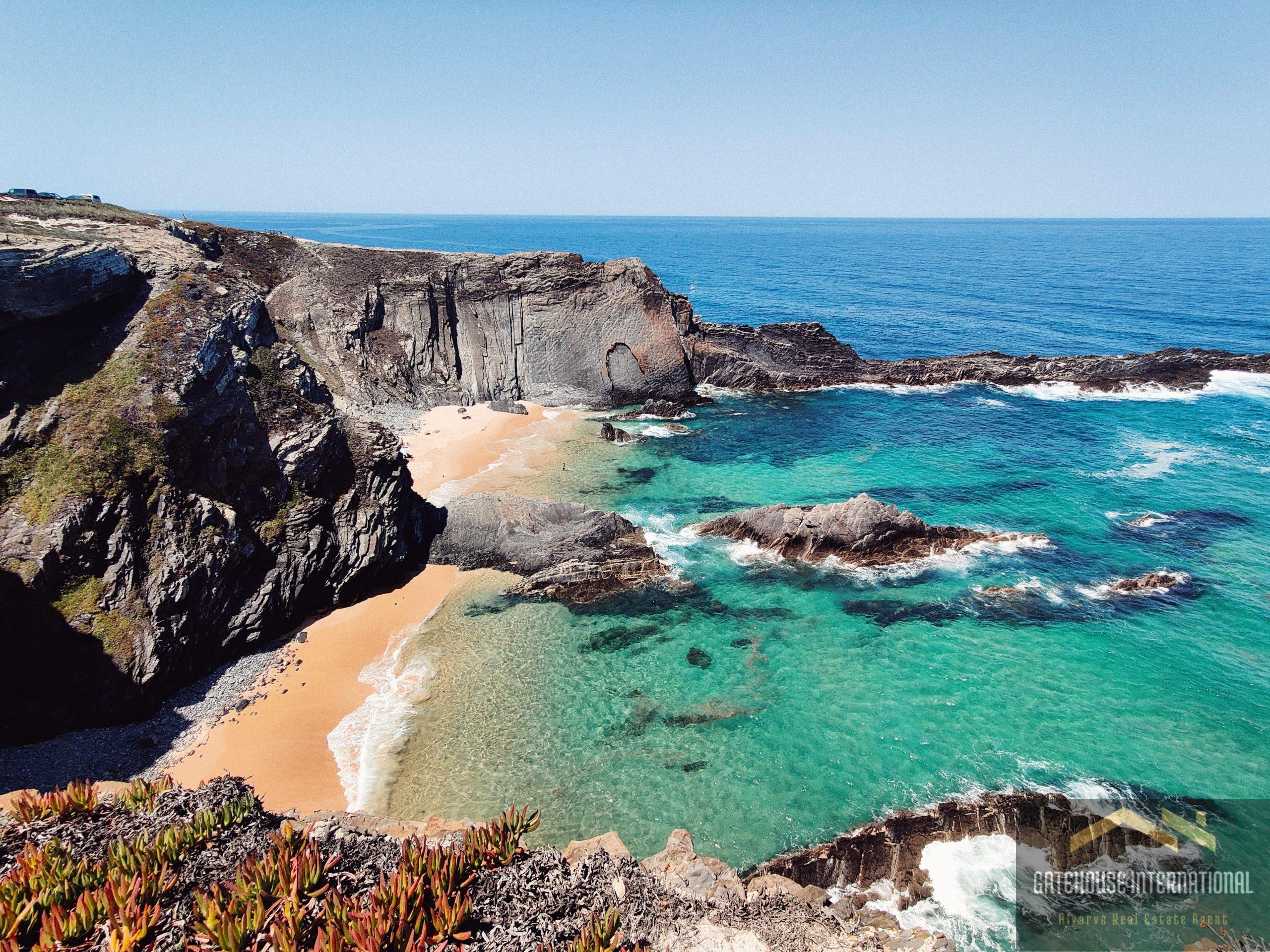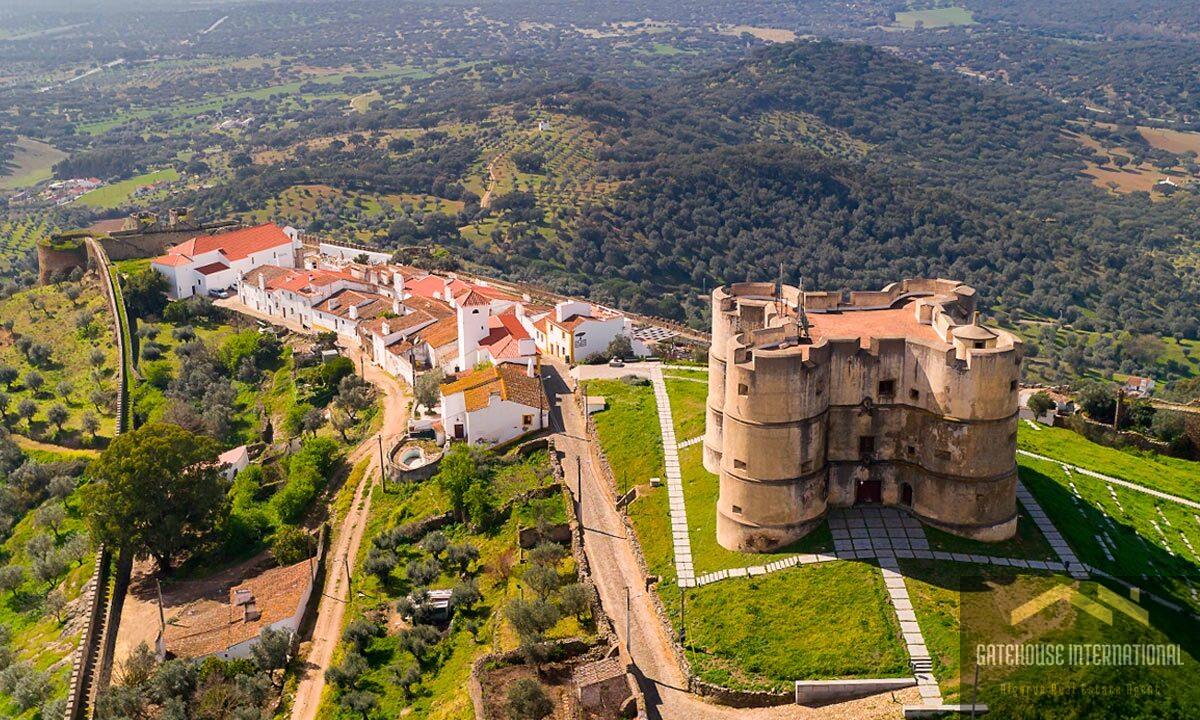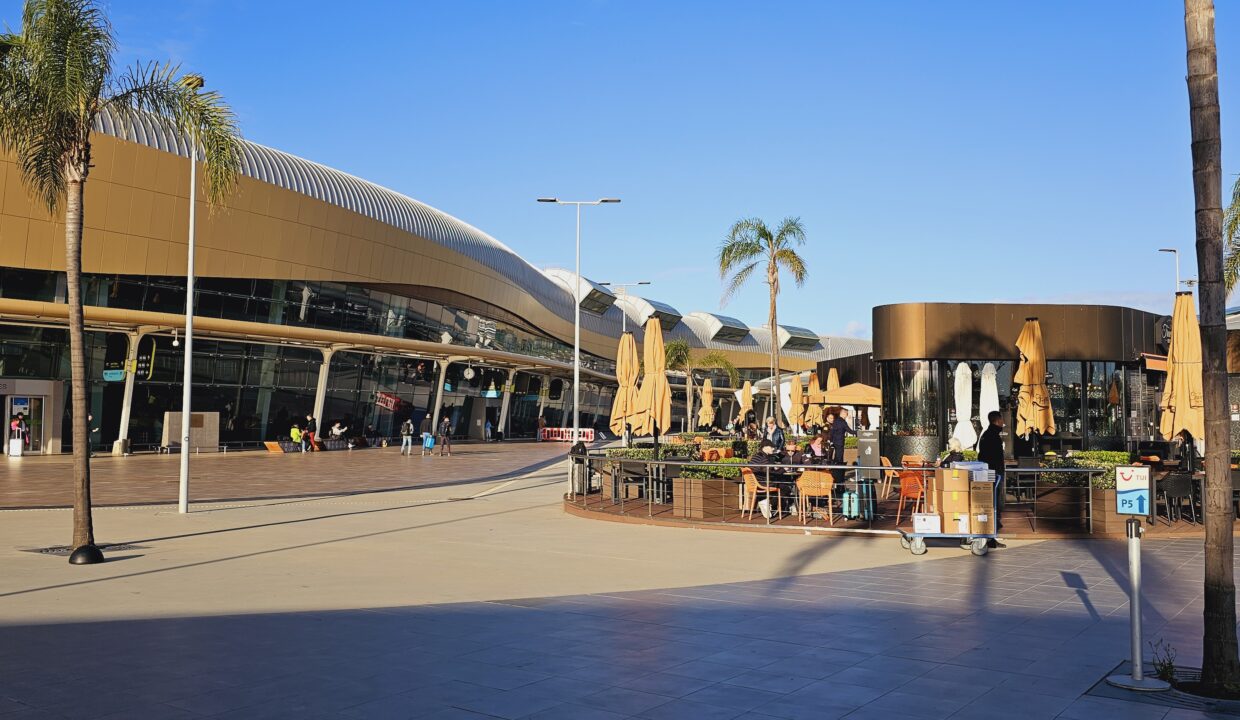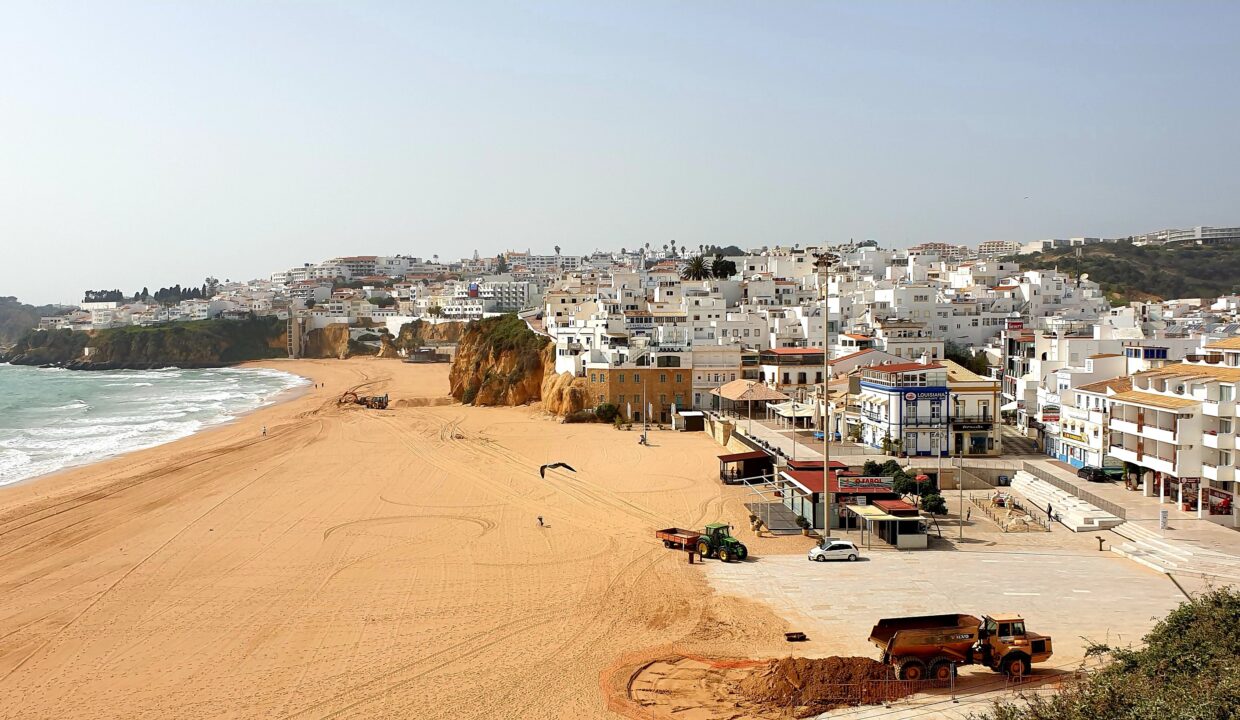Discovering Dipo: A Hidden 2,300-Year-Old City in the Beautiful Alentejo
The Mystery of the Ancient Alentejo City of Dipo and the Sefe Tribe
Introduction
It has long been suspected that this mysterious city of Dipo existed in Évora Monte, located in the beautiful region of Alentejo in Portugal. Recent discoveries have provided more evidence of its existence, and we’re here to tell you its fascinating story.
Before the Lusitanians, numerous other tribes inhabited the land we now know as Portugal. One such tribe was the Sefes, also known as the Ofis, meaning “people of serpents.”
Interestingly, the Greeks referred to the western region of the Iberian Peninsula as Ophiússa. Preceding the Sefes, the Strymonians resided here and were eventually conquered by the Sefes.
In addition to the Sefes, there were other Celtic tribes in the area, such as the Cónios in the south and the Tamaganos and Brácaros in the north. These tribes, including the Estrymnios, Brácaros, Tamaganos, Sefes, and Lusitanians, migrated to the Iberian Peninsula at different times long before the Romans introduced their language and culture.
Among these Celtic tribes, the Sefes were considered one of the most culturally advanced. Their capital city was considered Dipo, and it is speculated to have been situated in the present-day location of Évora Monte in Alentejo.

Alentejo Sefe Settlement
The Romans Decent on the Alentejo Region
The Romans attempted to conquer Dipo but faced strong resistance from the Sefes. Historical accounts indicate that Dipo was one of the most significant cities in the Alentejo region, which explains the Romans’ persistence in trying to capture it.
According to chroniclers of that era, Dipo was between the Roman cities of Évora and Mérida in the Alentejo. Considering what we know about the habits and culture of the Sefes and other Celtic peoples, the elevated position of the current Évora Monte would have been an ideal location for the city. Its strategic advantages included defensibility and a panoramic view of the surrounding territory.
Eventually, the Romans succeeded in conquering Dipo. Over time, its memory faded significantly as they invested heavily in developing the neighbouring city of Évora, which eventually became the most crucial city in Alentejo.
Discoveries and Findings in the Alentejo
In recent years, numerous excavations have taken place in Évora Monte, yielding encouraging archaeological findings. The discovery of buildings dating back to the 3rd century BC strongly suggests that this is the site of Dipo, the capital of the Sefes.
Additionally, various ceramics and a few bronze artefacts have been unearthed.
The presence of the Sefes in the plains of Alentejo and neighbouring Spain is well-documented and proven.
The only piece of the puzzle that needs to be discovered is discovering their capital, Dipo. It is believed that the Sefes instilled fear among the inhabitants of several villages in the Sierra de Huelva and along the banks of the Guadiana River, causing them to flee for safety.
When the Sefes arrived, the previously carefree people of the Alentejo plains, without any need for defensive measures, sought refuge in the mountains, which provided seclusion and more accessible defence. This is evident in the fortified settlements in the Serra d’Ossa, built as protective havens against the Sefes.

Beautiful Historic Towns of the Alentejo
The Conquests of the Sefes in Portugal
Aside from Dipo, the Sefes also founded the cities of Beuipo (Alcácer do Sal), Olisipo (Lisbon), and Colipo (Leiria). Their dominion extended to the banks of the Mondego River, showcasing the military prowess of this people, who became one of the most powerful in the southern region of the Iberian Peninsula.
The Sefes are believed to have arrived in Europe around 900 BC, although some sources suggest their arrival could have occurred 500 years earlier. They settled in various regions of Iberia and established multiple cities, maintaining their presence until the arrival of the Romans.
When the Romans conquered the Iberian Peninsula, the Sefes were no longer at the height of their military and cultural power. Although they had enjoyed dominance for several centuries, it was the Lusitanians, another Celtic tribe residing further north, who fiercely resisted the Roman invaders.

Alentejo has some of the most beautiful beaches in Portugal.
Archaeological Exploration in the Alentejo
Exploring the ancient city of Dipo and its significance to the history of Alentejo provides a captivating glimpse into the rich tapestry of this region. The ongoing archaeological excavations continue to shed light on the lives of the Sefes and their enduring legacy.
The discovery of Dipo is a significant archaeological find, and it sheds new light on the history of the Sefes. It is a reminder of the rich and complex culture of this Celtic tribe, and it helps us better understand Portugal and Spain’s history.
A Recap of the Alentejo Findings to Date
Here are the key points from the research findings in the Alentejo so far.
- The Sefes were known for their elaborate jewellery and metalwork.
- They were also skilled farmers and herders.
- The Sefes were religious, and they worshipped various gods and goddesses.
- They were warlike people, and they often fought with their neighbours.
- The Romans eventually conquered the Sefes, but their culture and traditions left a lasting legacy on the Iberian Peninsula.

Alentejo Discovering the Lakes
The Alentejo is one of the most beautiful regions in Portugal and is unspoiled by mass tourism. If you want to find a quiet life in a traditional region of Portugal, look no further than the Alentejo.
We at Gatehouse International have a varied portfolio of properties for sale in the Alentejo region, where you will find the value for your money is much more agreeable than in the south of the country.

Mark McLoughlin: A Passionate Explorer of Algarve’s Rich Heritage
For over 20 years, Mark has called the Algarve home, immersing himself in its landscapes, culture, and history. His passion lies in sharing the region’s stories through writing, photography, and guides for those who live here or dream of making the Algarve their home.
As a Level 10 Google Local Guide, Mark has contributed extensively to showcasing the Algarve’s hidden beaches, historic towns, and local gems, helping both residents and visitors discover the best of this southern paradise.
🔗 mark-mcloughlin.com




